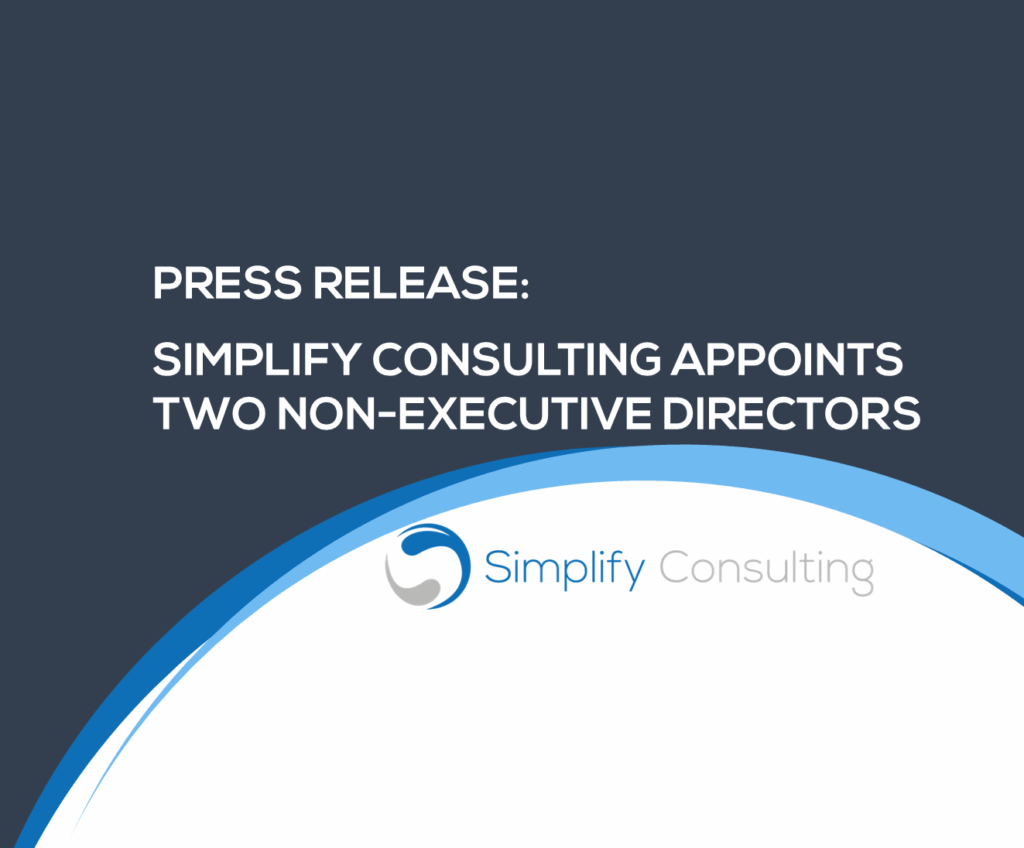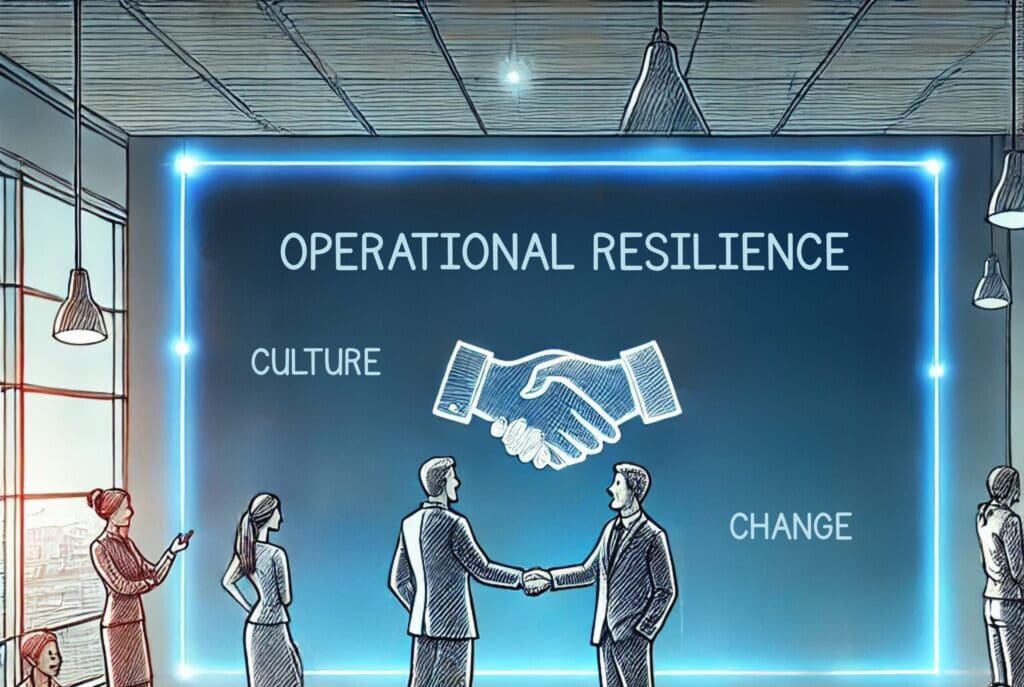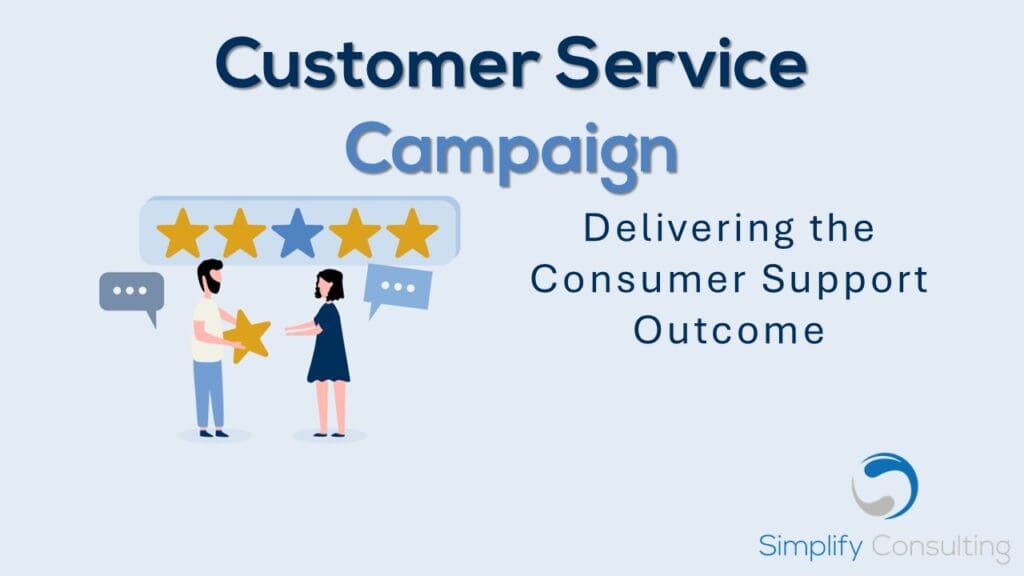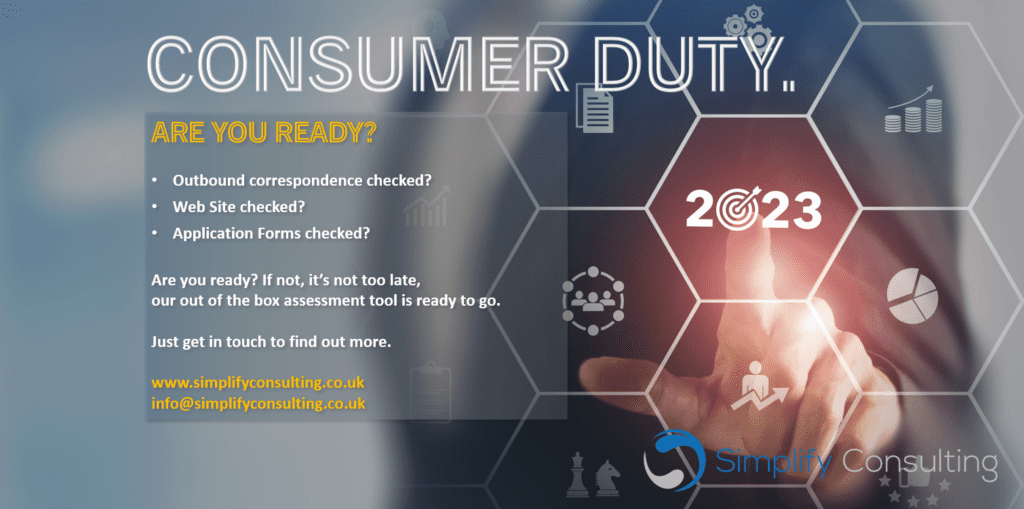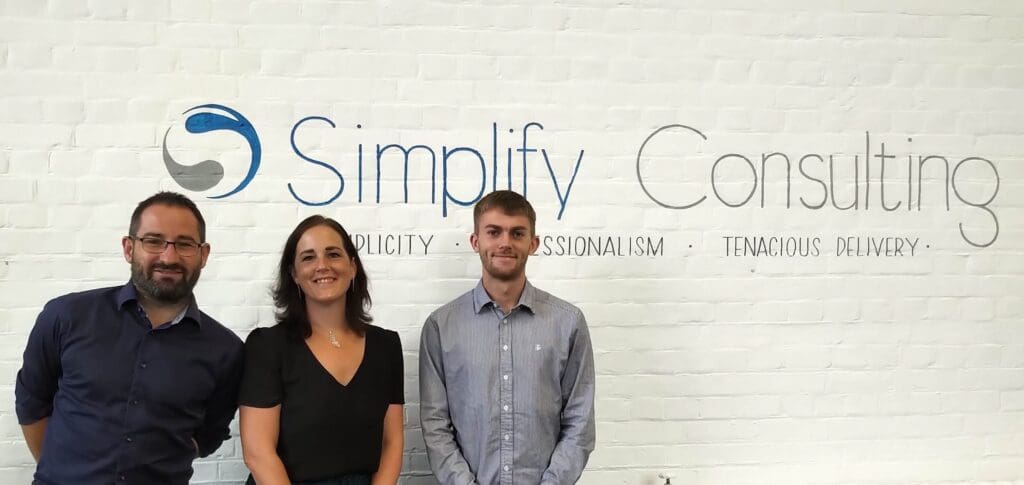As always, there is a lot of activity in the platform transformation space, with providers wanting to upgrade their legacy back office systems and improve the end customer experience. Given it is the new year, we thought it was timely to provide some thoughts on our experiences of data migration programmes…
Gartner recently stated that 83% of data migrations either fail outright or exceed their allotted budgets and implementation schedules. Why is this? What are the mistakes and pitfalls?
- You cannot start data cleansing soon enough. Missing data, incorrect data, missing clients, mandatory vs non-mandatory data, what history to migrate and where, what activity needs to replicated etc. This activity is becoming increasingly more complex given GDPR and the expectations of the Regulator on attempts to track down gone aways. This is always an area that is under estimated and often requires specialist support.
- You need a stable target. This goes right back to the business strategy and target operating model – this must be defined and agreed up front. You would think this was common sense and obvious…however the number of projects we have supported or taken over which lack these fundamental artefacts is astonishing. You can’t finalise what you are moving unless you are very clear what you are moving to.
- Replication or consolidation? Providers often take the opportunity to consolidate the number of products / product headers ahead of any migration, to simplify the transition. This can also come with complexities though – if terms & conditions are changed fundamentally, a provider may need to obtain client consent. This can be a lengthy process and can be further complicated by “gone aways”. Where if positive consent is required, what happens to those customers who cannot be contacted? They normally have to remain where they are, often putting in jeopardy the business case (benefits for data migrations are often associated with the decommissioning of legacy technology). The alternative to that is potentially having to replicate complex and legacy product features on a new system…where the build cost does not justify it.
- The impact on operations. Business readiness is absolutely critical to any successful data migration. Planning is often conducted by the project team in isolation, devoid of any reality. Involving the business and specifically operations, can make planning and the transition much smoother. Scaling up resource on the migration weekends to deal with any fall out, planning for worst case and also understanding any compromises that have been made is crucial. Business readiness happens at the start, not the end.
Thoughts? There are many other factors to consider – we decided to focus on what we think are the top 4.
We are adept and experienced at running data migration programmes…we know the things to avoid and how to run a successful programme. Feel free to get in touch if you need any support to [email protected] and [email protected]











